CenterPoint Properties’ Jim Clewlow on Industrial’s Momentum
As part of its national strategy, the firm is zooming in on such markets as Phoenix, Houston and Philadelphia.
The industrial sector’s astronomical performance since the onset of the health crisis continues. Investment activity usually slows down at the beginning of the year, but 2022 saw $9.1 billion in industrial asset trade in the first two months of the year, Yardi Matrix data shows.
With some 66.7 million square feet of industrial space across the country, CenterPoint Properties invested more than $1.7 billion in the past year to purchase 35 properties across six markets. CenterPoint Properties CIO Jim Clewlow explored with Commercial Property Executive how much runway the sector still has and what metros are poised to expand on the short and long term.
READ ALSO: Cross-Border CRE Investment Hits Record High
Is there anything on the horizon that could stop the industrial boom in the near future?
Clewlow: The headline is industrial real estate is still very, very strong. It’s probably one of the best performing sectors of all. And if you look at the biggest firms, the ones that own the most assets, their share prices are at all-time highs. Their occupancies are high, their rental growth is high. All the metrics are really favorable.
This is based on historically high leasing demand and, although debt costs are rising, they are still historically low. Seems like lightening in a bottle to me.
The capital market is a little choppy compared to last year, meaning more investors today are worried about interest rates, double-digit inflation, Ukraine and China. All of these add up to uncertainty and capital doesn’t like uncertainty, right? So, where the market sees uncertainty, it sees risk and, typically when there is risk, yields go up. Couple that with an increase in investors’ borrowing costs, and it changes the outlook on how investors approach the business.
Which types of industrial assets are most in demand across the country right now. What factors are impacting demand for space?
Clewlow: Right now, leasing markets are crazy busy. Four things are driving this: the underlying economy is very strong, e-commerce continues to grow and businesses are shifting from a just-in-time inventory strategy to a just-in-case strategy and building domestic safety stock. The last factor is that consumers are following businesses and are also stockpiling goods.
The last driver factor is the least understood but can have a major impact on leasing demand since consumers represent more than 65 percent of U.S GDP. Take Public Storage, for example. They are the largest public storage company in the U.S. If you look at their stock price, it has almost doubled basically in two years. I think people have said to themselves: “After COVID-19, I don’t want to run out next time there’s a shortage.”
These four drivers have contributed to a very strong leasing market bordering on euphoria that wasn’t driven by Amazon, since they only leased half the amount of space they did in 2020.
Now the question is: Is this bull leasing market going to last two years, three years? Is it 100 percent secular? Some would argue the business and consumer stockpiling occurring today could come at the cost of inventory buildup years out. At this point, the capital markets have not figured that part of it out. All they are dealing with right now is whether Estonia or Poland are next after Ukraine, and whether the inflation we’re suffering from right now is transitory.
The pandemic has had a domino effect on construction activity. Do you think project delays have impacted rent growth?
Clewlow: I think the short answer is yes, particularly, in the most urban infill markets.
It’s interesting, although there have been shortages of raw materials like labor, steel and lumber, as well as delays on entitlements, the pace of new construction across the country has been at historically high clips in 2019, 2020 and 2021.
So, it’s really the demand side of the leasing equation that is driving the scarcity and demand is most pronounced in the urban infill where it is most difficult to deliver. And shortages and delays have exacerbated already existing supply constraints in these markets.
In the urban infill of Los Angeles, Inland Empire, and New York/New Jersey, we see vacancies of almost zero percent, but, historically speaking, vacancies have always been low. To find opportunities to either build new construction or redevelop in these urban infill markets, we have maintained a long-term investment strategy of acquiring older properties that can be torn down or enhanced later.
Historically, the industrial sector has benefited from a shorter new construction delivery cycle time compared to other property sectors. In most cases, the delivery cycle for new construction can be 2-3 years and in worst cases 4-5 years.
In the office sector, there can be an eight-year to 10-year delivery cycle, if you’re constructing an office building in the CBD. That means you are forecasting leasing demand possibly almost a decade out. The shorter delivery cycle of new industrial construction is why markets have generally remained in balance during my 38-year career.
Last year, CenterPoint spent more than $1.7 billion to acquire industrial assets. Does your expansion strategy for 2022 and beyond differ?
Clewlow: You’re right, at our fiscal year-end this June we will have acquired $1.7 billion. Roughly 80 percent was invested in Los Angeles, Inland Empire or New York/New Jersey. The rest is Miami, Austin, Dallas, Texas, and Oakland, Calif.
For us, it’s about investing in markets that have the potential for the highest rental growth combined with the potential for the least amount of downtime. Over the last 10 years, we have built significant positions in the urban infill of Los Angeles, Inland Empire and New York/New Jersey. These are great places to invest in, because they have huge populations, seaports and have limits on the introduction of new supply. We will continue to grow in these major gateway markets, but as we get bigger, we also need to diversify our risk into other markets, as well.
There’s a lot of talk lately about deglobalization. We’ve just experienced 30 years of rapid globalization through containerization and growing global trade. From 1999 to today, TEUs processed through Los Angeles/Long Beach ports grew by almost three times. But crises due to COVID-19, global trade disruption, Ukraine and recent Chinese aggression reminds us that global order can be disrupted. Increasingly, more companies are seeking manufacturing solutions in or closer to the U.S.
Phoenix and Southern California have experienced significant investment activity lately. What makes each of these locations so appealing?
Clewlow: Southern California will always be attractive given the huge population, seaports and supply constraints, as mentioned earlier. Phoenix is interesting given the consistent population growth, business-friendly climate and relative proximity to Southern California. It’s only six hours to Los Angeles/Long Beach ports from Phoenix. San Diego is practically part of the Los Angeles metropolis and many of the companies we serve in Los Angeles also are in San Diego.
CenterPoint owns more than 5 million square feet of industrial space in Houston. What made you expand to Texas markets outside of Houston, such as Dallas or Austin?
Clewlow: Texas is growing rapidly demographically. Corporate users are moving there in droves. Manufacturing is moving there because it is a business-friendly state. The Port of Houston’s growth affects the entire state and, again, it is adjacent to Mexico.
You also entered the Pennsylvania market last year. What sparked your interest in this market? Do you plan to further expand your Northeast footprint? Have you set your eyes on any other metros in this region?
Clewlow: If you look at New York/New Jersey, land constraints are a real challenge for logistics and e-commerce companies. We believe in the Lehigh Valley market in a big way because it’s a natural extension of the New York/New Jersey market. It’s kind of like the Inland Empire is for Los Angeles. Not quite as big as the Inland Empire—which is roughly 500 million square feet of warehouse space. This isn’t as big, but it has the potential of being very big and it’s certainly very vibrant. We’ll be a long-term investor there.
We’re actively evaluating opportunities in Philadelphia. There is a megalopolis that is forming between New York and Philadelphia along Interstate 95, and we have strong positions in northern New Jersey and we’re moving southward. Like the Lehigh Valley market, it makes sense that we would be in Philadelphia because it’s a natural extension of what’s happening in New York/New Jersey.

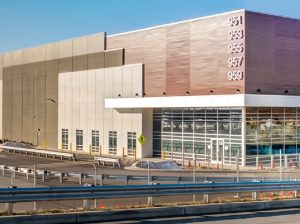

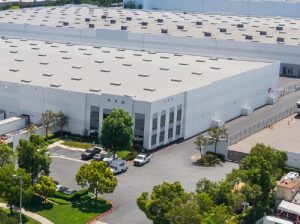
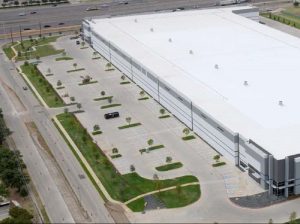


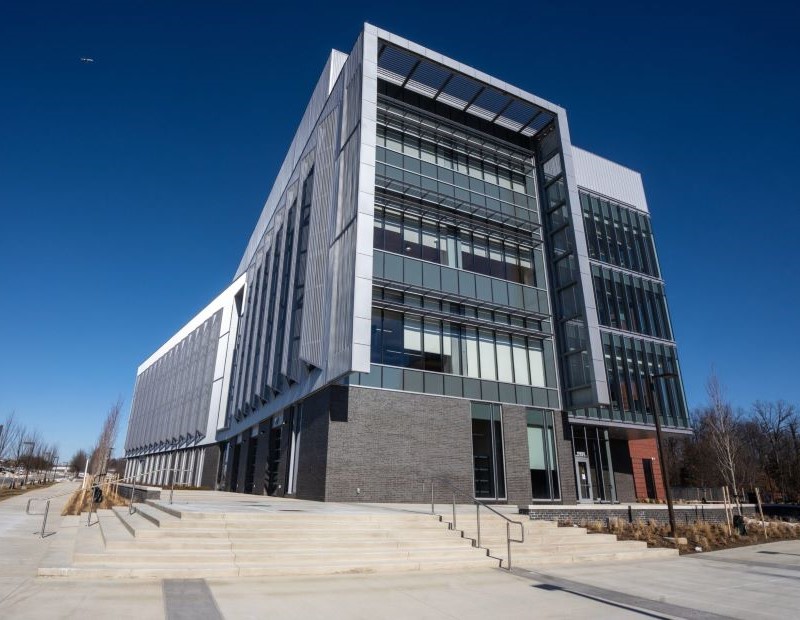
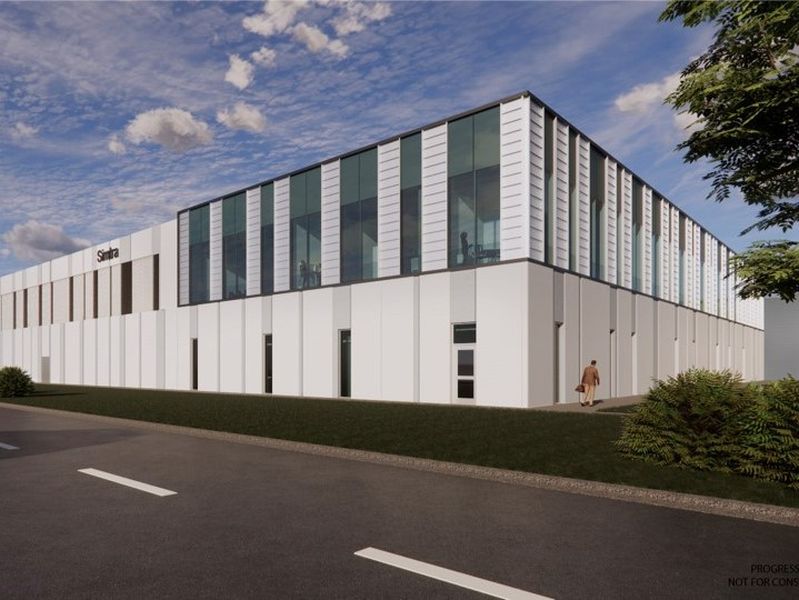
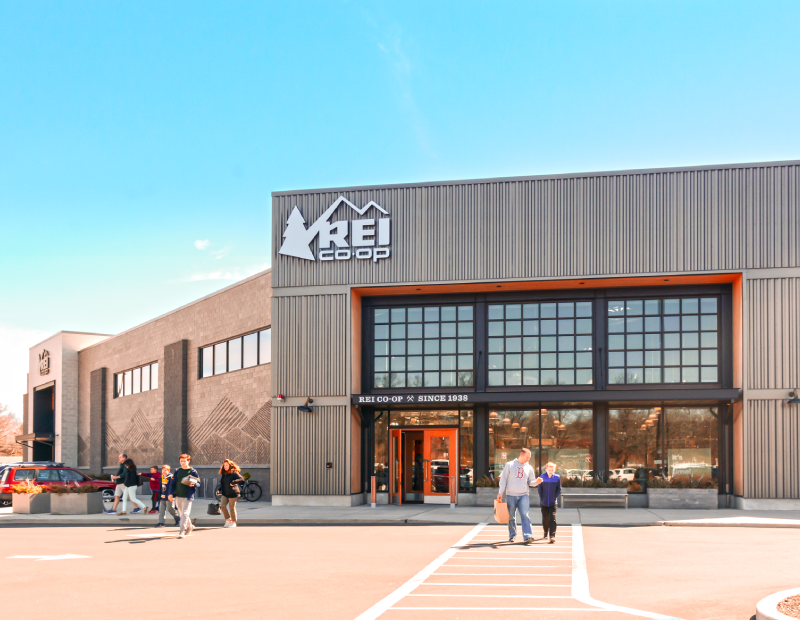

You must be logged in to post a comment.